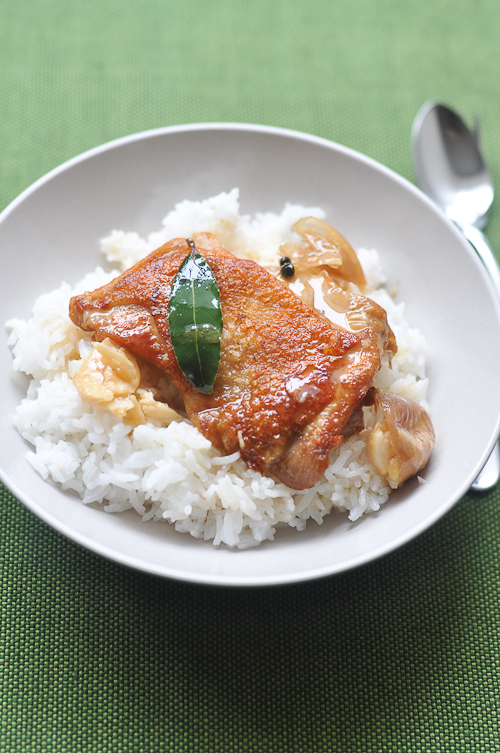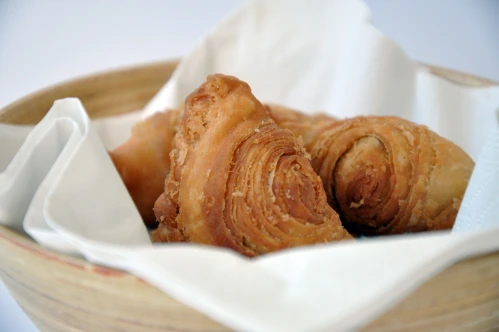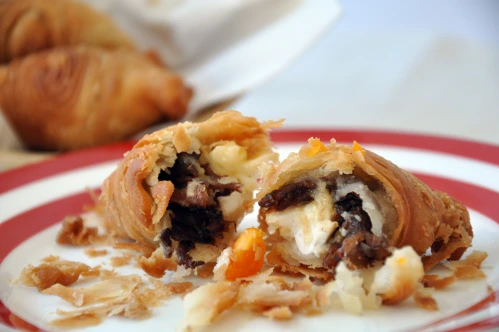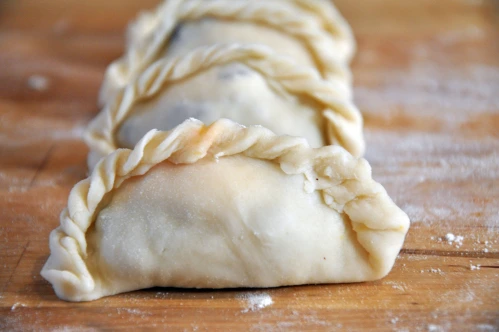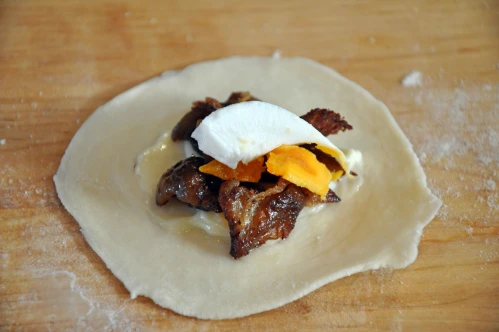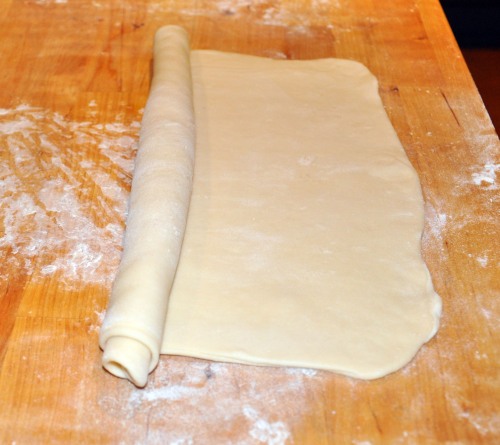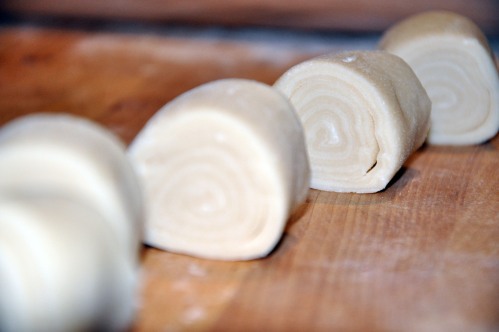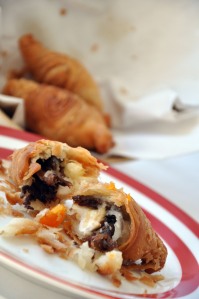I remember the exchange of emails just like it was yesterday. A couple of Filipina friends exploring the possibility of starting a cooking club that would promote Filipino food. We talked about designing a banner and spent a few days coming up with an “introduction” to our club. We talked about having monthly themes which we would then post our own version of on our blogs. So in November 2009 a group of three friends decided to officially kick off the the Kulinarya Cooking Club. I’m proud to say that twenty dishes later, the group still continues to celebrate the wonderful flavours of the Philippines. In fact, the group today numbers over 50 members!
This month, Kulinarya does “White Food”, chosen by Adora from Adora’s Box and Diona from Tita Flips.
I’ve chosen to share my version of one of the Philippine’s well known and most loved dishes…adobo. Now, you must realize that Filipinos take their adobo very seriously. Almost everyone seems to think that their version is the best. Well, this version is sure to rival the best of the best. Seriously.
A more common version of adobo is cooked with vinegar and soy, this recipe eliminates the soy sauce, which makes it the “white” version of adobo. Adobo is essentially a stew, usually made with chicken and pork, where the meat is simmered over and the dish is finished by pan frying the meat before serving. Quite different from most stews where the meat is seared and then simmered over a long time. As for me, I’ve pan fried the meat before and after simmering – a little extra step but I do love the resulting crispiness of the chicken skin in this recipe.
Adobong Puti (White Chicken Adobo)
Serves 4
- 8 chicken thighs, de-boned (with skin on)
- 6 tablespoons oil
- 10 cloves garlic, peeled
- 125 ml white vinegar
- 6 pieces black pepper corns
- 2 bay leaves
- salt to taste
- Season the chicken with salt and pepper. Heat the oil in a large pan. When hot, add the chicken in batches to brown the skin, around 3 minutes. Make sure not to overcrowd the pan.
- Remove the chicken pieces and take out some of the oil in the pan and put the pan back on the heat.
- Add the garlic and saute, then add the white vinegar, peppercorns, bay leaves and chicken. Allow the vinegar to come to a boil then add enough water to cover the chicken, around 500 to 750 ml.
- Allow the chicken to simmer, around 30 minutes until cooked. When done, remove the chicken from the pan and allow the sauce to simmer further until the sauce thickens to almost a syrup, around 20 minutes. When ready to serve the chicken, heat the rest of the oil in a separate pan and crisp the skin once more. Serve the sauce on the side and some white rice.
